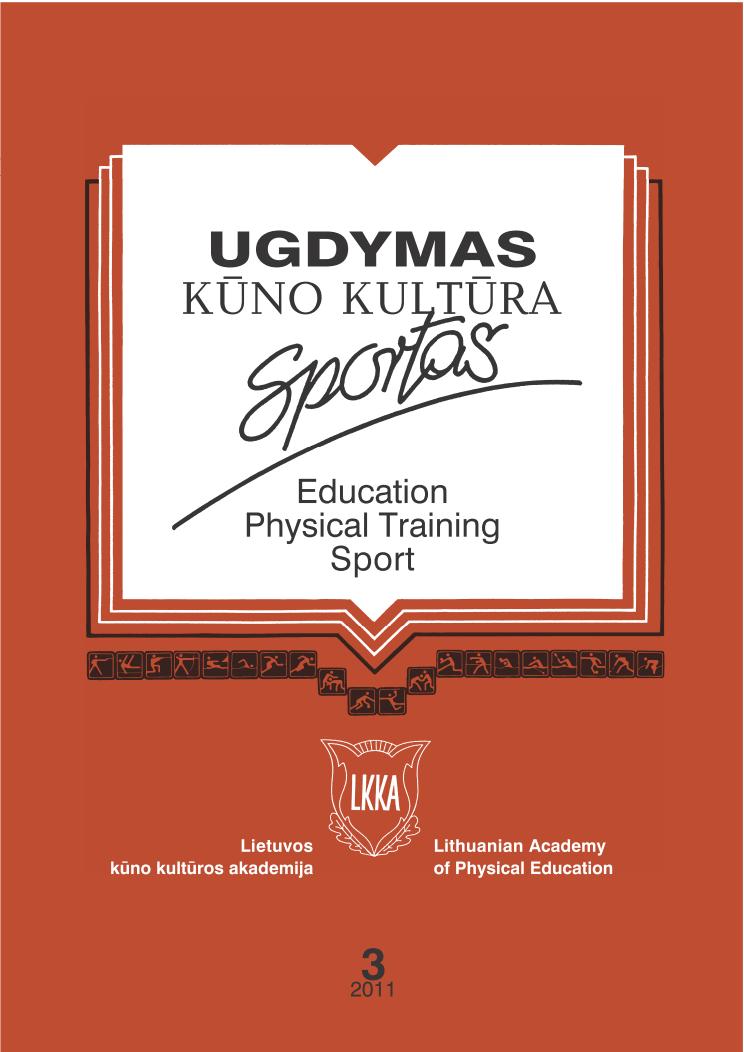Interaction of Training and Performance of 13–14-Year-Old Athletes in Rhythmic Gymnastics
Abstract
Research background and hypothesis. The efficacy of athlete’s sport performance depends on the targeted
training in certain periods, organization, management, individual adaptation of an athlete to the loads of training and
competitions.
Research aim was to determine the impact of specific training on sport performance of 13–14-year-old athletes
in rhythmic gymnastics.
Research methods. The experiment resulted in modeling three different training programs and establishing the
structure of the content of the training programs, as well as athletes’ sport performance. The training load protocols
registered the time for choreography, element mastering, competitive routines and athletic training in each training
session. The efficacy of the training programs was established registering the realization of competitive activities
under competitive conditions, according to the number of points received by the gymnast of each training program,
according to the place won.
Research results. Training athletes in three training programs differed – their training loads were significantly
different – from 10.28 to 12.91 hours a week, as well as the indices of the training days – from 5.43 to 4.17 days
a week, the training content differed significantly. In the most effective training program choreographic training
(35.8%) dominated. Statistically significant differences (p < 0.05) were found in the indices of explosive strength and
muscular power, specific endurance, coordination movement abilities and the integral index of athletic fitness. At
the beginning of the season and at the end of it the realization of the body movement technique performing routines
with different tools was different (p < 0.001).
Discussion and conclusions. In the period of individual training of 13–14-year-old athletes in rhythmic
gymnastics time for mastering competitive routines and integral training became more significant for the efficacy
of athletes’ sport performance. The indices of movement with different tools technique became more significant
and the indices of difficulty of body movement technique remained stable. The most important factors influencing
sports performance were explosive strength, strength endurance, coordination, and the total integral index of athletic
fitness.
Keywords: rhythmic gymnastics, training, performance.
Downloads
Published
Issue
Section
License
Copyright (c) 2018 Baltic Journal of Sport and Health Sciences

This work is licensed under a Creative Commons Attribution 4.0 International License.






